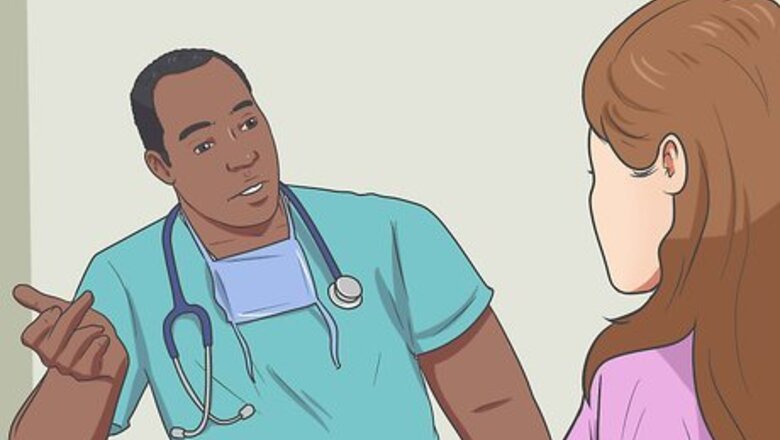
views
Getting Ready to Fast

Seek your doctor's advice before beginning a cleansing fast for the large intestine. Your doctor can tell if you have conditions that may make the fast harmful. Another alternative is to make an appointment with a practitioner of alternative medicine to get a personalized detox and cleansing program. In any case, unless you've done this before and are an old pro at fasting, it's a good idea to talk things over with an expert before you begin. If your doctor decides it's not a good idea for you to do an extreme fast, such as a liquid-only fast, you can still cleanse your body by taking a break from certain types of foods. For example, you could stop eating sugar for a certain amount of time. That way you'll be able to keep your energy up while still getting the benefits of giving your digestive system a break. Don't plan to fast as a way to lose weight. Fasting may cause weight loss, but when you start eating regular meals again, you'll gain it back. "Yo-yoing" in this way intentionally can a negative effect on your health.

Choose a fasting plan. There are a number of recommendations available online and in books. Some call for liquids and juice alone, while others allow for a dinner of brown rice, steamed vegetables, or other light food. Many call for juice recipes that use specific ingredients and supplements. If this is your first time fasting, consider doing a raw food cleanse. You'll essentially be abstaining from all cooked foods, leaving you free to consume raw fruits, vegetables, and nuts, along with plenty of water. Doing a juice fast is another good way to cleanse your system without giving it too much of a shock. You'll want your juices to contain both fruit and vegetable juice, rather than pure fruit juice, which contains too much sugar to be a healthy option. For most healthy people, it's fine to completely abstain from eating for a limited period (typically up to 3 days) with your doctor's approval. However, fasting for long periods of time may be dangerous if you have certain medical conditions, such as diabetes, heart problems, an eating disorder, or pregnancy. Before doing a long water or juice-based fast, talk to your doctor about how long you can safely go without food.
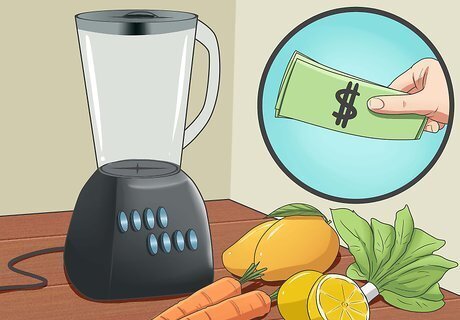
Purchase the foods and supplies you'll need for the fast. A juicer or blender will be essential if you're doing a juice fast. In addition to the proper equipment, select the food you'll be eating carefully. Since the point is to cleanse your digestive system, including your large intestine, you want to be sure not to take in unnecessary additives, preservatives, and other chemicals. Buy organic produce to use during the fast. Buy food that's in season. It'll be more nutritious than out of season food. Shop local if you can. Food grown nearby is fresher than food that has traveled from long distances to get to your grocery store. Check out a local farmer's market for good options.

Get your kitchen ready. Remove tempting foods that are "against the rules" from your pantry and refrigerator, as well as other areas in your home. Fasting will certainly make you feel hungry, and if you have a box of cookies or a bag of chips within easy reach, the whole process will be more difficult. The following items are typically part of a fast, and should be removed from the premises: Dairy products Refined sugars Wheat products (pasta, bread, etc.) Canned goods Packaged snack foods Meat products Soft drinks Alcohol Caffeinated drinks
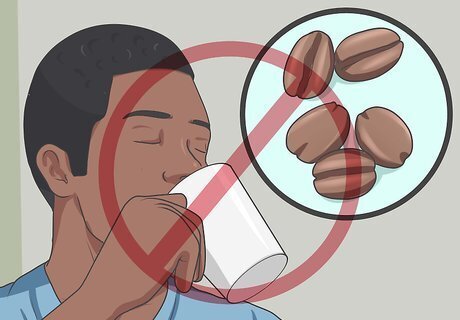
Consider eliminating certain foods gradually. If you go straight from eating meat lovers' pizza, macaroni, ice cream, and hot dogs to a strict juice or raw food cleanse, your system will likely revolt. You're going to experience a lot of cravings, all at the same time. Your body is going to want sugar, carbs, and meat like nobody's business, and you'll likely feel sick, headachy, and irritable. If you start a few weeks in advance and cut back on the heavy foods that you're most likely to crave, the detox won't leave you feeling wiped out and ill. Sugar and caffeine are major culprits when it comes to withdrawal symptoms. Try cutting these 2 items out of your diet at least 2 weeks before the cleanse. Cut back on your meat consumption, too. Try eating meat just a few times a week, then cut back to once a week before the fast begins. Processed foods, fast food, and packaged snack foods will also be hard to give up all at once. Weaning yourself off of these products beforehand will increase your chances for succeeding with your fast.
Starting the Cleanse

Eat lightly starting a few days before the fast. Some fasting diets start with light eating for a day or longer before starting the fast. Eat plenty of fruits, vegetables, and light foods, like brothy soups. This will help your body get acclimated to your new routine.
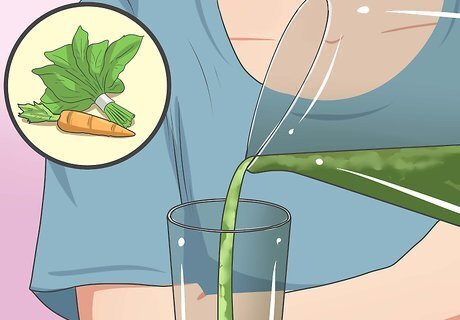
Make cleansing drinks. Whether you're eating raw food or just doing a liquid fast, you'll need plenty of healthy fluids along the way. Be sure to drink 8 fluid ounces (240 mL) of liquid at least 3 times a day throughout the cleanse. Here are a few drink ideas: To kick things off, mix ⁄4 cup (59 mL) of warm water, ⁄4 cup (59 mL) of citrus juice, and 1 tablespoon (15 g) of Epsom salts. Drink 2 servings the first day of your fast. Mix ⁄2 cup (120 mL) of organic apple juice with ⁄3 cup (79 mL) of water. Add 1 teaspoon (about 3-5 g) each of bentonite, whey powder, and psyllium. Mix the ingredients well, and drink the mixture immediately. Make green juice by juicing kale, spinach, carrots, and pears.

Stay hydrated. In addition to the special drinks, make sure you take in some water every 90 minutes. You can also drink fresh fruit juice, herbal teas, and broth. Space out the drinks so they occur between consumption of cleansing drinks.

Add some relaxation and light exercise techniques to the cleansing routine. Saunas, massage, deep breathing, and light walks can help release toxins from your body. Be sure not to overdo it, though, since your energy will be a little lower during the fast.

Break the fast after 3-6 days. Fasting for longer than this can have adverse health effects. Break the fast with small portions of vegetables and fruit to start—you don't want to overwhelm your system. Eat raw or steamed vegetables on the first day. A regular diet can be resumed the second day after breaking the fast.
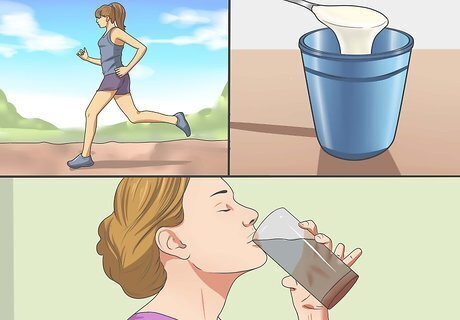
Adopt a healthy lifestyle when the fast is over. Eat probiotics like those found in yogurt and miso. Exercise regularly, and drink water. Eat a balanced diet that includes dietary fiber.
Fasting Successfully

Be aware of how you'll feel while fasting. If this is your first time fasting, it's a good idea to do some research so you'll know what to expect. Knowing you aren't the first person to experience a certain side effect might help you endure when all you really want to do is have a slice of pizza. Here are a few effects you can expect: Expect to feel cranky. Cutting out sugar and other foods on which your body is dependent is going to cause withdrawal symptoms, and irritability is a major one. Expect to feel a little sick at first. You might have a headache or feel weak for the first few days. Expect to get used to the hunger. You'll definitely have some hunger pangs, but many people report that these tend to go away after a few days. Expect to feel lighter. After a few days of fasting, you should feel a mood boost and feel lighter on your feet.

Have a plan for conquering cravings. Having a plan in place for when cravings kick in can help keep you from indulging mid-fast. Here are a few things you can try to distract yourself from your lust for cheese and crackers: Drink a big glass of water. Go for a walk. Getting some fresh air can help. Read a book or watch a movie that doesn't contain lengthy descriptions of meals.
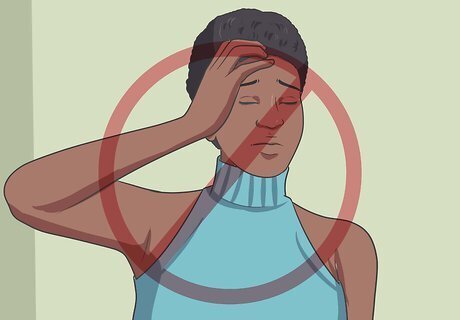
Don't take it too far. If you start to feel dizzy, weak, and fatigued, your fast might be doing more harm than good. Stop fasting immediately if bad symptoms persist. Be sure to see your doctor if eating normally again doesn't restore you to good health.













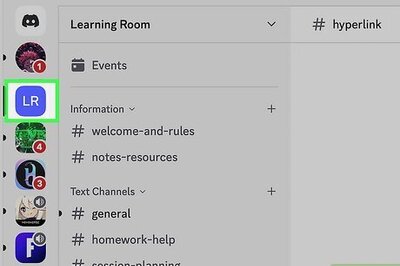
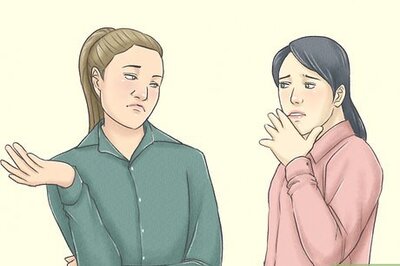


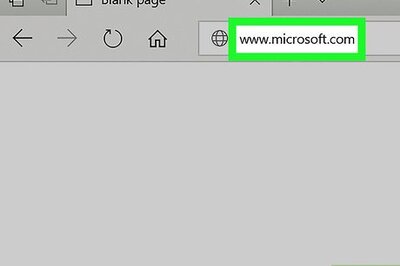
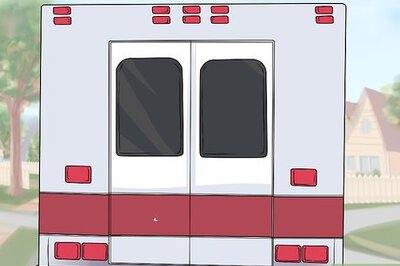
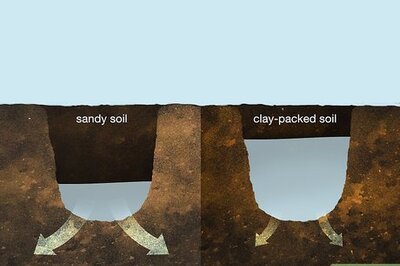
Comments
0 comment